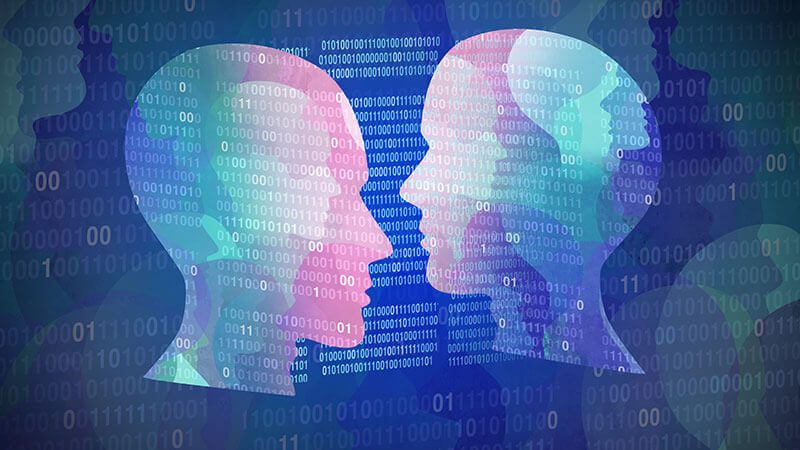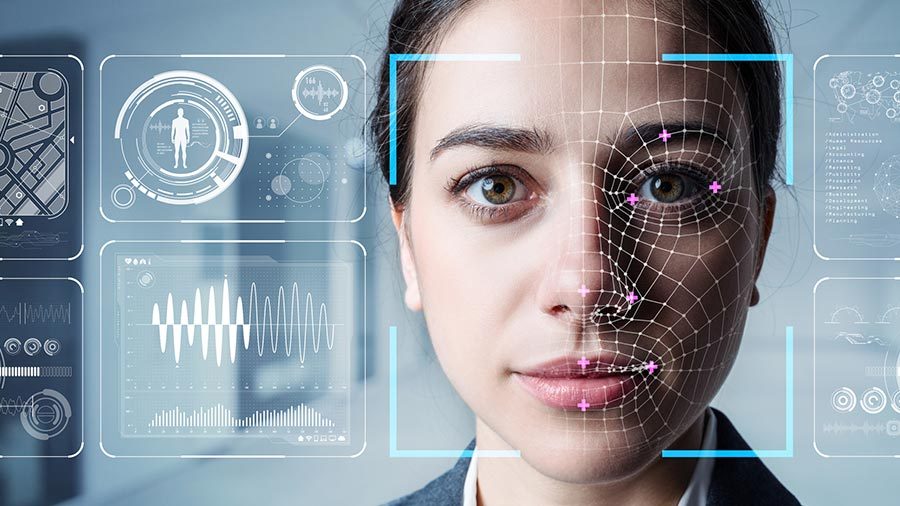
Introduction
Have you ever seen a deep fake video? It’s an exciting and scary prospect that can have far-reaching implications on how we interact with each other, how we protect our privacy and on how we secure national and global security.
Deep fake technology is the latest advancement in artificial intelligence that is quickly becoming more powerful and easier to use for anyone. It algorithmically manipulates images, videos, text and audio to create realistic simulations of people or events that do not exist in real life. Its capabilities are becoming more sophisticated and so do its potential consequences.In this article, let’s explore the rise of deep fake technology and its potential impact on privacy and security.
What Is Deep Fake Technology?
It’s an advanced artificial intelligence (AI) method that combines and superimposes existing images and videos to create a convincingly real, synthetic version of the original. It’s been used both recreationally and commercially for automated online video generation and is quickly becoming a hot topic in the world of privacy and security. For instance, it can be used to generate bogus images or audio recordings which could be used to discredit someone or spread misinformation. It can also be used for more malicious purposes such as creating fake videos that could be used to defraud people by manipulating their emotions or sense of trust.
The rise of deep fake technology is concerning on many levels, not only because it can blur the line between truth and falsehood but also because its potential use for malicious intent is vast and hard to detect.
Examples of Deep Fake Technology
Deep fake technology has the potential to impact a wide range of areas, including our privacy and security. For instance, deep fake technology can be used to create realistic avatars of celebrities or politicians that may not even exist in real life. These avatars can then be used to spread false information and influence public opinion on political issues. Deep fakes could be used for identity theft and fraud by creating fraudulent images of people that don’t exist.
Finally, deep fakes could also be used to manipulate stock markets by creating false information about the performance of companies or even entire economies. In each case, the potential impact on privacy and security could be significant.
Potential Implications of Deep Fake Technology
Deep fake technology is on the rise and with it comes the potential for some serious implications. Let’s look at a few of those possible implications of deep fake technology.
Reputation Damage
One of the biggest worries is the potential damage to one’s reputation from deep fakes. It’s possible that malicious actors could create videos or audio of someone saying or doing things they never actually said or did and then spread these creations via social media. This could have huge repercussions for that person’s reputation.
Psychological Effects
The effects can also extend beyond just reputational damage. We’re all familiar with the power of images and videos to sway emotions and opinions so it stands to reason that a credible-looking deep fake video can cause mind-boggling trauma if it portrays someone in a negative light.

Real World Consequences
There could be real world repercussions from deep fakes such as lost job opportunities or political losses due to strategic use of these tools by opponents.
Challenges for Regulating Deep Fake Technology
New regulatory initiatives need to be put into place in order to curb the spread of deep fake technology. But there are a few challenges when it comes to doing so:
- The technology is quickly evolving and changing making it difficult to stay ahead of the curve.
- It’s hard to find evidence that can prove that something is a deep fake; this makes it even more difficult for law enforcement agencies to intervene.
- Deep fakes do not always have an immediate impact or easily identifiable consequence making them tough to regulate.
These challenges demonstrate the need for an ongoing dialog between government, industry and academia to come up with a comprehensive set of regulations and policies that will keep our privacy and security protected from deep fake technology.
How to Protect Your Privacy and Security?
Deep fakes are an increasingly concerning technology but the good news is that you can protect your privacy and security.
- The key to keeping your information safe is to use a reliable virtual private network (VPN). Keep your windows safe with Astrill VPN as it encrypts all of your data making it unreadable by any third party and anonymize your IP address. This means that even if someone succeeds in accessing your data, they won’t be able to trace it back to you or your online activity. Astrill VPN also offers a number of other features including:
- AES-256 encryption to protect data from end-to-end
- OpenVPN protocol for superior speed and reliability
- Multi-Hop technology for added security in high-risk areas
- Stealth Mode to disguise VPN traffic as regular internet traffic
- A kill switch that automatically shuts down all internet connections when the secure connection is broken
- Keeping your operating system up to date with the latest security patches.
- Use strong passwords and secure sensitive data behind encryption.
- Install a good anti virus program for your windows.
By using Astrill VPN, you can show deep fake producers that they don’t have unchecked access to your personal information and activities. You can still enjoy the freedom of browsing securely and safely on the internet.
What the Future Holds for Deep Fake Technology?
Deep fake technology has come a long way in the past few years and it seems like it’s just getting started, says TheAtlantic. Experts predict that deep fakes will become more powerful and harder to detect as the technology matures (see why here). This means that deep fakes could be used for malicious purposes such as spreading fake news or creating false videos to defame someone. It also means that our privacy and security could be compromised if criminals use deep fakes to gain access to sensitive information or launch phishing attacks.
On the positive side, deep fakes could also be used for good such as creating virtual conversations with historical figures or creating more realistic simulations for training purposes.
Conclusion
The rise of deep fake technology has created an urgent need for better privacy and security measures. We are all vulnerable to malicious actors’ efforts to manipulate our digital information and media. By taking simple steps to protect ourselves, we can be better prepared for the future of digital manipulation.
Last Updated: March 1, 2023




















